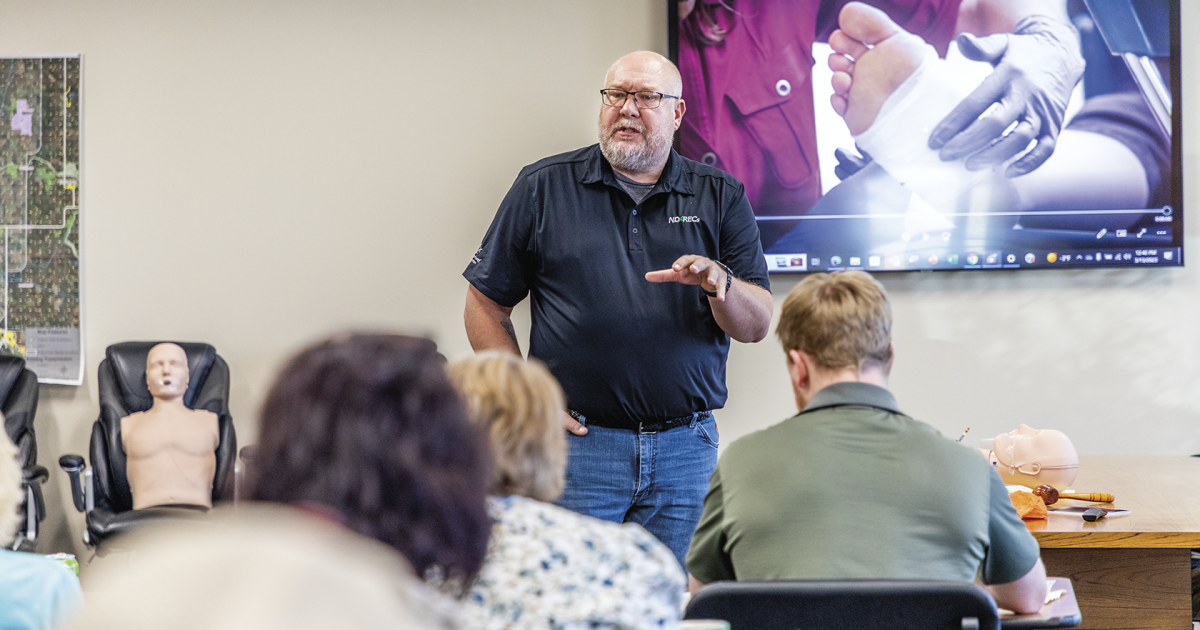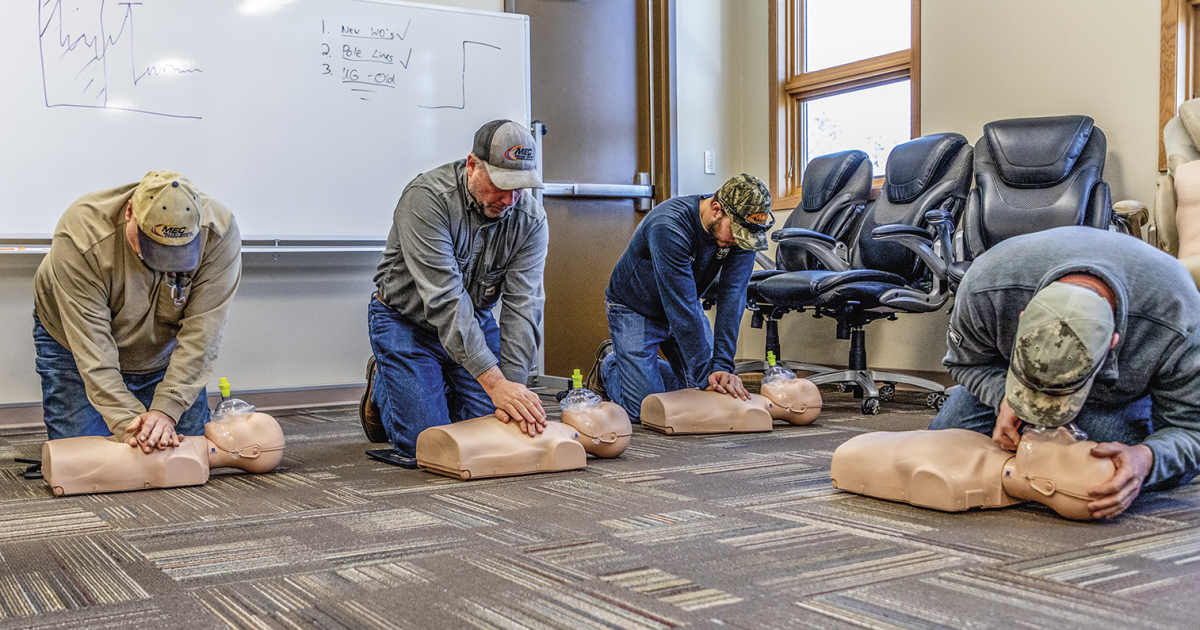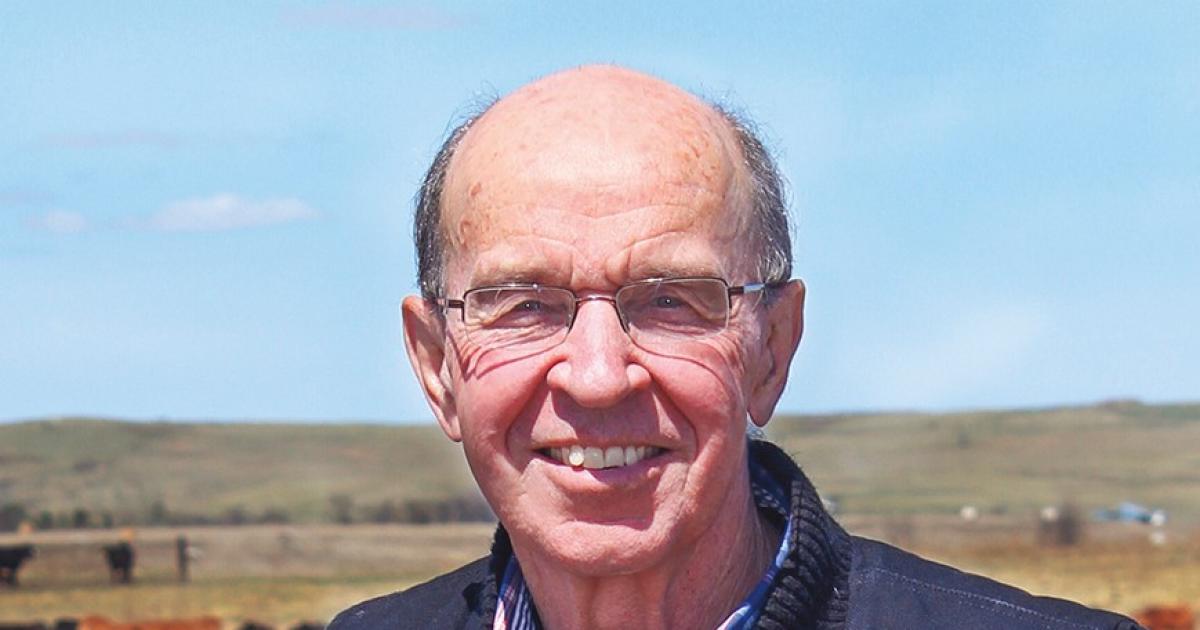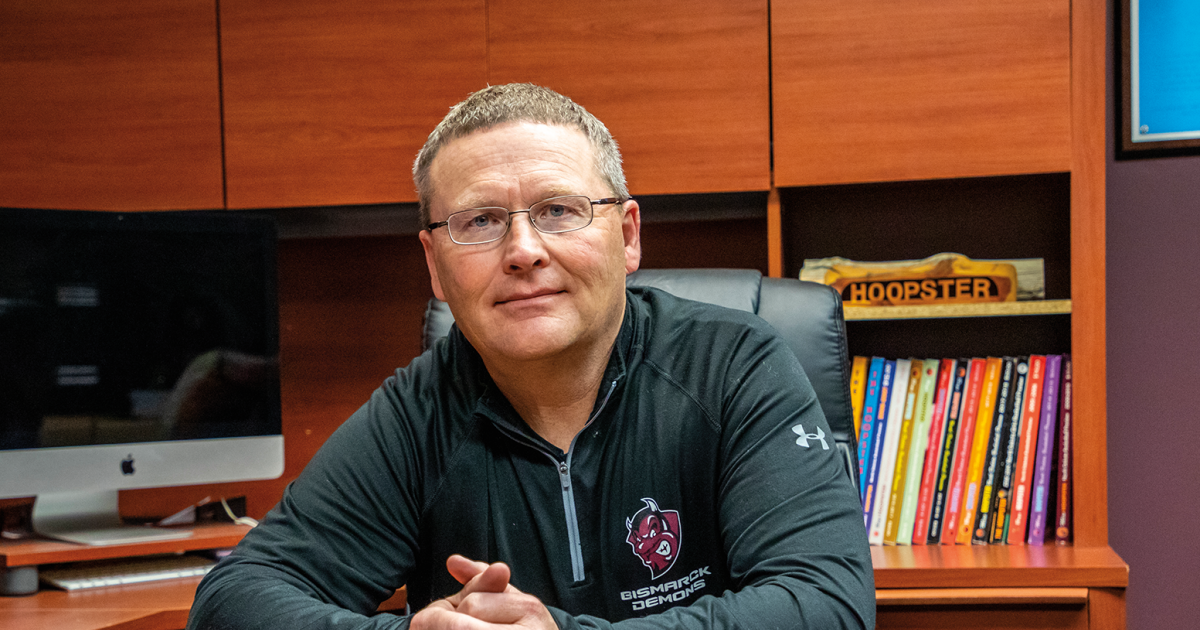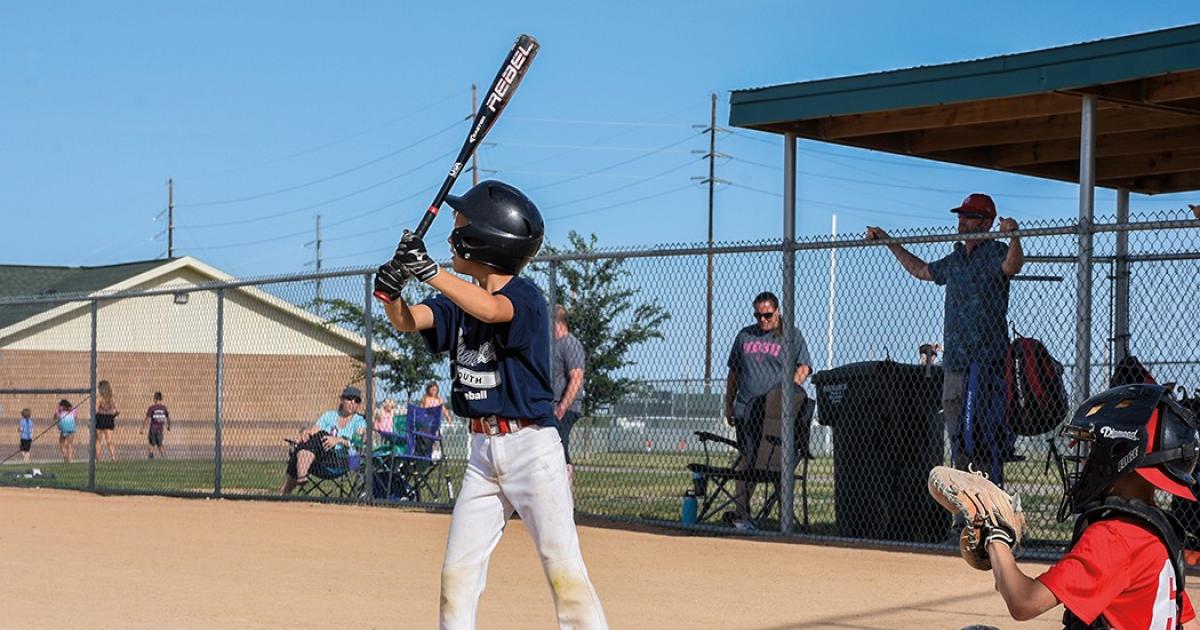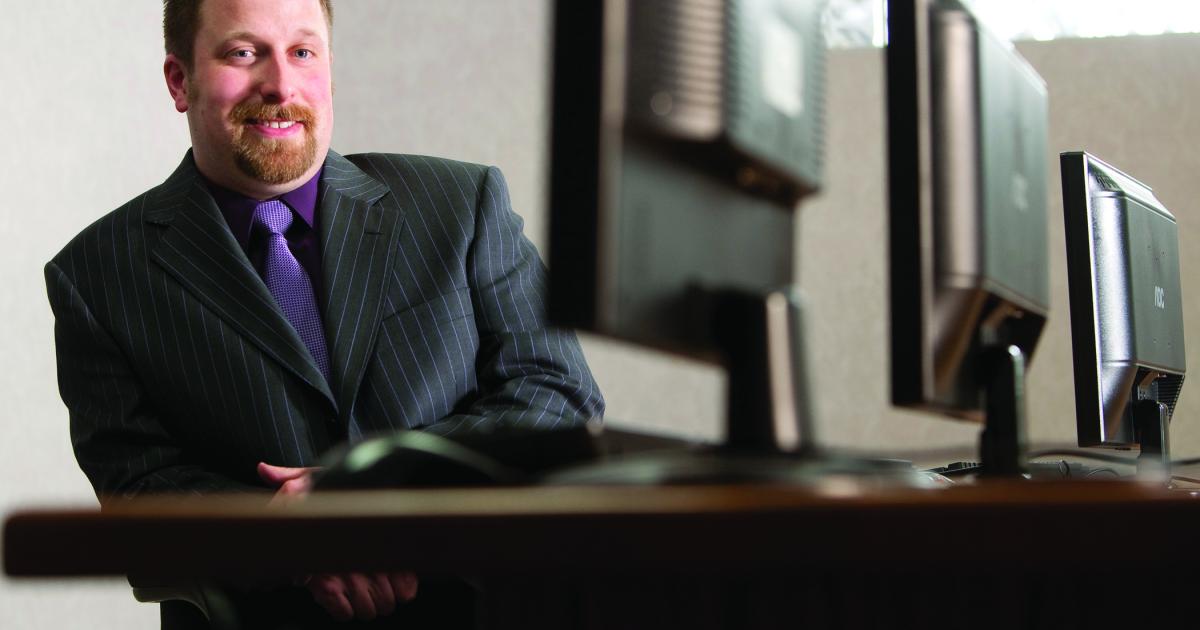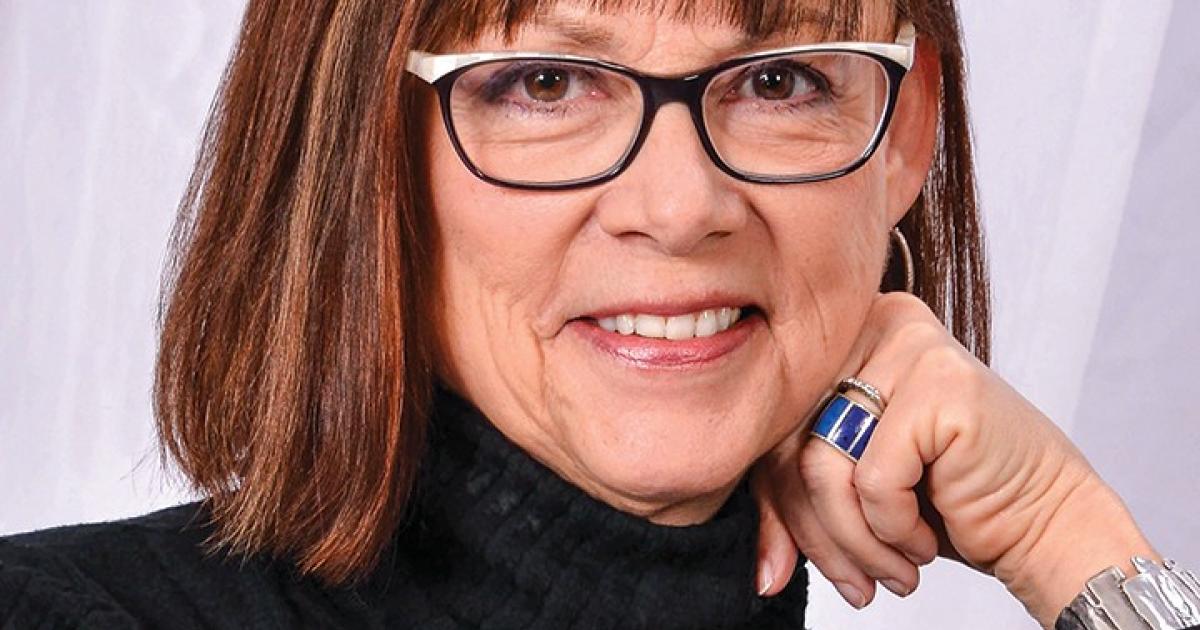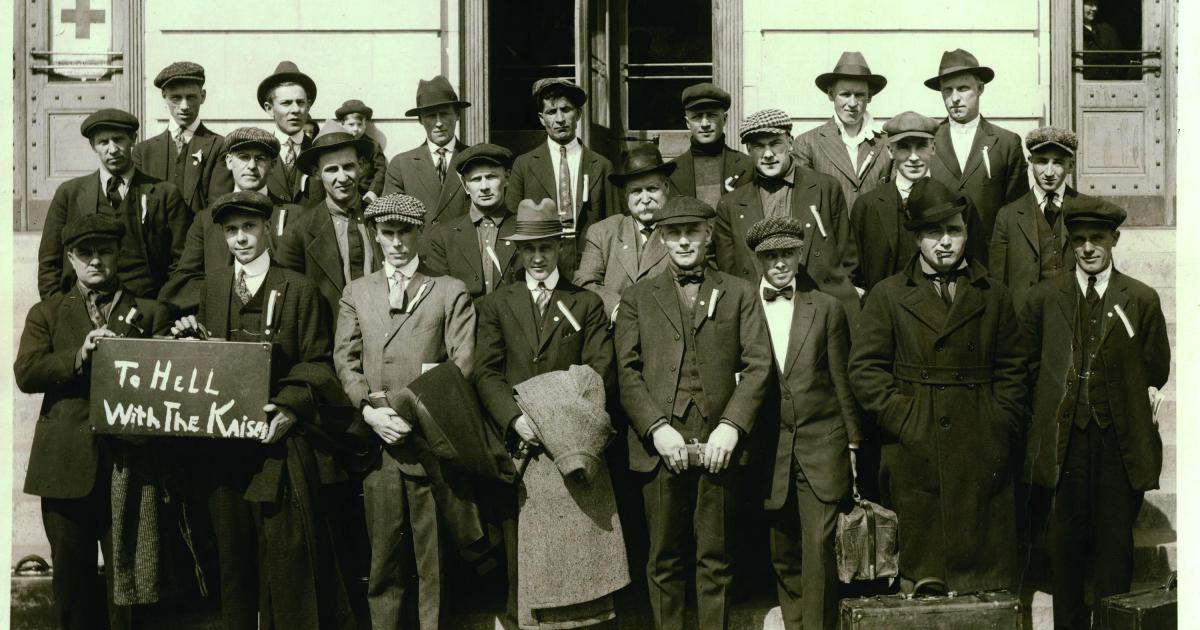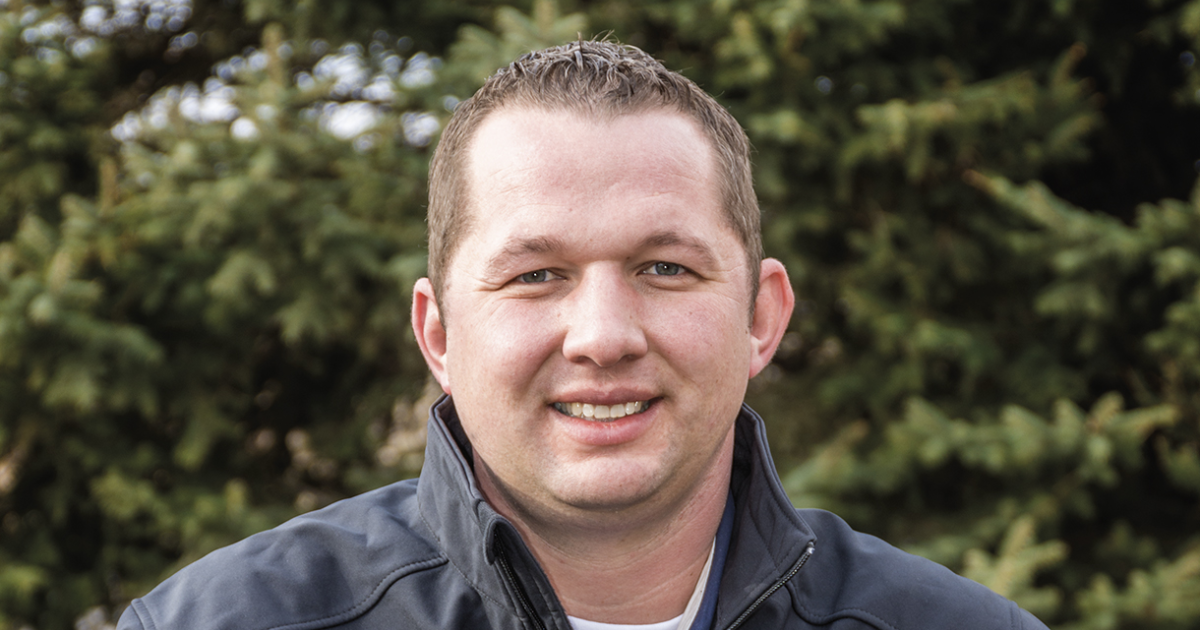Co-ops invest in training, AEDs
Jeff Tweten, safety instructor for the statewide electric cooperative association, provides instruction on first aid, CPR and AEDs to a classroom of McLean Electric Cooperative employees. Photo by NDAREC/Liza Kessel
Millions of Americans tuned in to the first “Monday Night Football” broadcast of the year. Two NFL powerhouses, the Cincinnati Bengals and the Buffalo Bills, faced off in a Jan. 2 game the oddsmakers had tipped in the Bills’ favor by two-and-a-half points. According to preliminary ratings, the game was the most-watched “Monday Night Football” telecast in ESPN history with 23.8 million viewers, surpassing a 2009 Packers-Vikings game in which many Upper Midwesterners likely were among the 21.8 million viewers.
It was not the game, however, that drew the massive audience.
Many watched in horror as Bills safety Damar Hamlin suffered a cardiac arrest and collapsed on the field after making a tackle. Hamlin had his heartbeat restored on the field, thanks to the quick actions of first responders and Bills medical staff, who performed life-saving CPR.
Hamlin’s story, his progress and miraculous recovery captivated America. In the days following his injury, many wondered what they could do to support Hamlin. The response from his University of Cincinnati Medical Center doctors was clear: Learn CPR and support public access to AEDs.
This is a familiar call to action for electric cooperatives, which have been providing first-aid and CPR training to their employees since at least the 1960s.
“Due to the nature of our line of work, being away from medical services, we have to provide training and equipment on our own,” says Christina Roemmich, safety director for the North Dakota Association of Rural Electric Cooperatives (NDAREC), which provides a safety training and education program to electric co-ops across the state. “So, we keep AEDs and first-aid kits in every work location and in all our facilities. In the event of an emergency, we would have what we need to sustain life until medical help was available.”
While many first-aid and CPR/AED training programs provide a two- to three-year certification, electric cooperative lineworkers are trained each year. The six-hour training includes both classroom instruction and hands-on practicums in four parts: first aid, CPR, AEDs and bloodborne pathogens. Participants practice giving compressions and rescue breaths, and use an AED trainer to go through the steps for assessing pulse and providing defibrillation.
Roemmich says the class prepares lineworkers to respond to potential hazards, from a foreign body in the eye to a broken limb, or the riskiest injury of an electrical contact.
“The hands-on part is probably the most valuable to any trainee, because in an emergency situation, you really rely on your learning and muscle memory,” she says. “The more you go through it, the more you are able to provide the care needed without doubt or fear or questioning.”
That’s what NDAREC Safety Instructor Jeff Tweten hears often in the field, when he’s visiting co-ops for onsite safety trainings or conducting regular safety checks as part of the Rural Electric Safety Achievement Program (RESAP), a national electric cooperative initiative to continuously improve safety performance and culture.
“I recently had a co-op employee ask me if the CPR training on the mannequins is realistic, and someone else in the class, who had to perform CPR on a loved one, answered, ‘It’s not,’” Tweten says. “But that’s when his training kicked in, he said. While the training can’t simulate a real-life emergency situation, the repetition of doing this training every year helps. It provides some confidence in knowing what needs to be done.”
“In situations when our lineworkers or co-op employees have had to provide this care to either a loved one or someone in the community, they tell us afterward, ‘I thought I wouldn’t be able to do it. But when the time came, I just knew what to do and I didn’t have to think,’” Roemmich says.
INVESTING IN SAFETY
Electric cooperatives have made significant financial investments to offer CPR/AED training to their employees and maintain access to first-aid kits and AEDs. Federal regulations require electrical lineworkers to be certified in CPR, but electric co-ops extend safety training opportunities to all employees. And, Roemmich says the state’s electric cooperatives have achieved a 100% placement of first-aid kits and AEDs at cooperative work locations. According to a 2019 article from www.AED.com, a new AED can cost from $1,275 up to $2,875.
Those safety investments extend beyond the cooperative workforce, to families and communities.
“It’s quite an expensive course, yet co-ops are willing to pay for all of their employees who elect to take it, and most employees take them up on that,” Roemmich says. “Co-ops feel if we’re going to use any of these skillsets, it’s more than likely going to be with our immediate family. The benefits of having trained employees truly extends into our own families and the broader community.”
In this way, electric cooperatives are leading with safety, modeling a safety-conscious culture for other businesses and industries to emulate.
Having the support of local business and industry is critical to improving public access to AEDs, says Christine Greff, N.D. Department of Health coordinator of the Cardiac Ready Community Program.
“They have to be involved if the community is going to be successful. Public AEDs are usually placed in local businesses, with the goal being to have an AED located within five minutes everywhere in your community,” she says.
Why five minutes? Research has shown deploying a defibrillator within three to five minutes of collapse can produce survival rates as high as 50% to 70%. Hamlin is a living example.
“The more brick-and-mortar facilities that have first-aid kits and AEDs available, the more likely they, too, train their workforces, and the more the community benefits,” Roemmich says. “A strong safety culture in any organization really adds value to their overall purpose, their product and the service they provide to the community itself.”
Cally Peterson is editor of North Dakota Living. She can be reached at cpeterson@ndarec.com.


